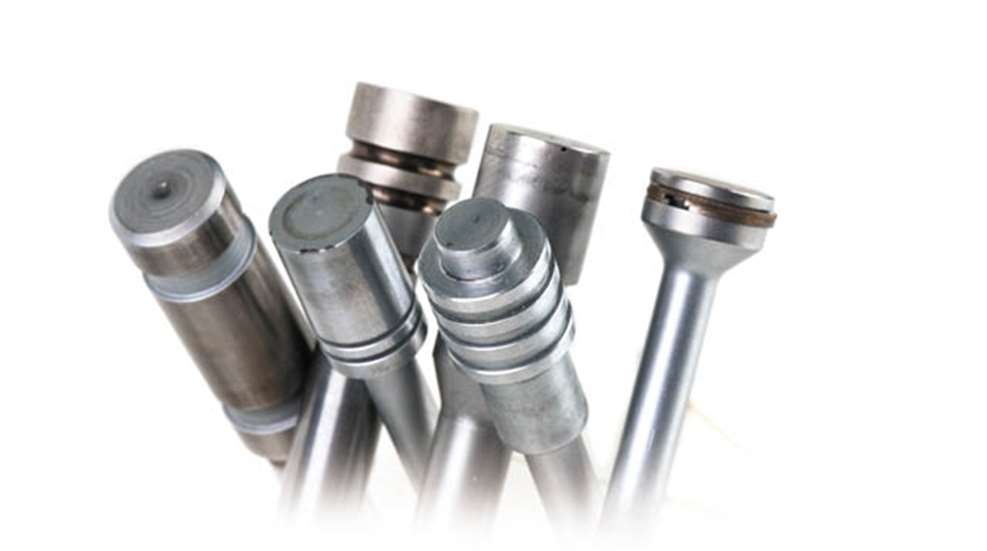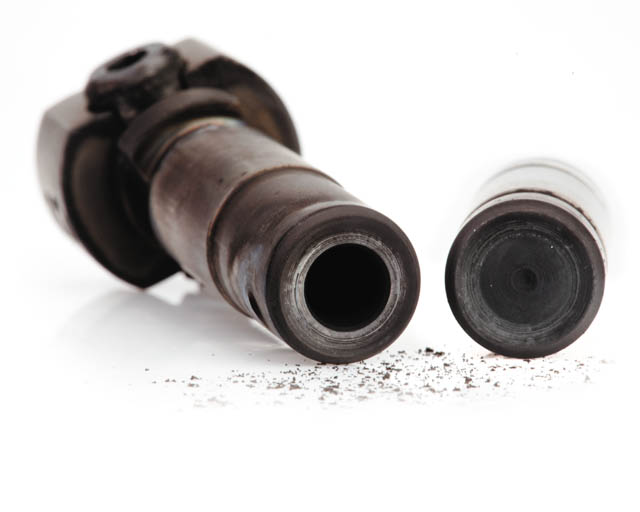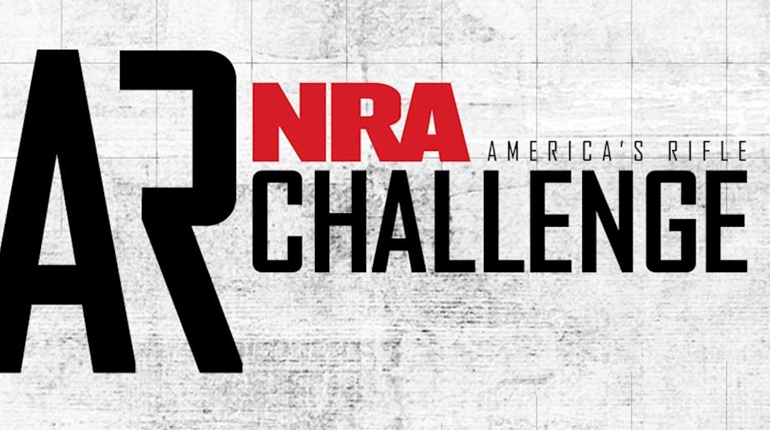
Most major AR manufacturers now have piston options available, and some offer only piston-driven guns. New tactical rifles, such as the FNH SCAR and Bushmaster Adaptive Combat Rifle (ACR), were designed as piston guns from the ground up.
Though it's tempting to state the obvious—that piston systems are here to stay—the truth is they've been around longer than the direct-gas-impingement systems (DGIS) they're replacing at an ever-quickening pace. But, as with all good things in life, there are compromises. I field many questions from shooters asking which system is right for them, and I do my best to dispel myths about both. The truth is, each carries some baggage and it's worthwhile to know about their respective pitfalls before choosing the operating system of your next longarm.
The operating rod's use in cycling an action dates to John M. Browning's 1889 design that served as the basis for the M1895 Colt-Browning Machine Gun. Many variations were incorporated into successful 20th century arms, including such classics as the Browning Automatic Rifle, M1 Garand and AK-47. The DGIS is best known for its use in Eugene Stoner's popular AR design, but actually traces its lineage back to 1901. It first appeared in the experimental French Rossignol B1 rifle and continued to turn up in French and Swedish designs that appeared through World War II.

When Stoner's DGIS-driven AR-10 appeared in the 1950s, it offered several advantages over competing rifles. The AR-10 was lighter, less complicated—with fewer moving parts to break or replace— cheaper to build and more accurate than operating-rod rifles of the same class. Debate over the military adoption of the M16 family of ARs has raged on over the years. With an active war on two fronts now in its ninth year, the examination of whether or not the DGIS has any place in battle is more heated than ever.
I carried both DGIS and op-rod systems throughout my career, and both worked as designed when I took care of them. Over the course of multiple tours in both Iraq and Afghanistan—where I carried both systems in sniper and assault rifles—I had exactly one malfunction with each system. In both cases the problem was environmentally induced and easily remedied.
However, not everyone has the same positive experience, and that's exactly why the U.S. Army is reportedly looking very hard at piston operating systems for its next standard-issue rifles and carbines. USSOCOM has already adopted and begun fielding the SCAR family and the Marine Corps is watching the Army's program with interest.
So what is all the fuss about? Let's briefly examine the two systems to better understand the tradeoffs.
The original advantages of the DGIS in the AR-10 are still largely valid today, so I'll focus on the negatives. Gas is tapped off the barrel and then sent through a gas tube into the upper receiver and bolt carrier. A liberal dose of carbon is left on the gun's internal parts, which only gets worse with continual firing.
While any semi-automatic rifle has some degree of carbon fouling within its inner workings, with the DGIS it builds up very quickly. Remedies include liberally coating internal parts with a good-quality, high-heat oil, or plating them with a carbon-resistant material like chrome.
Gas also introduces more heat into the bolt-carrier group in a DGIS. Over time, this continual exposure to high heat can increase stress on critical rifle components, although I'm not so sure this is captured in empirical evidence as thoroughly as it's referenced in pro-piston advertising.
Foremost on the list of the piston-system's strengths are the reduction of fouling in the receivers and increased reliability during heavy firing. Since hot gas terminates on the end of the op-rod, tappet or piston—well forward of the receiver—less heat is transferred to the internal parts. Other benefits include less felt recoil (due mainly to weight distribution) and improved reliability in shorter-barreled guns. The latter point is most noticeable in NFA-regulated, short-barreled rifles (SBR) with barrels that are less 16 inches in length.
Piston designs incorporating shooter-adjustable gas regulators provide the ability to tune the operating system's gas pressure to ensure proper cycling of a particular load and respond to environmental conditions or fouling levels. This is an important capability, and though it does exist in the DGIS world, it's limited in repeatability and ease of adjustment.
However, this bouquet of roses has its share of thorns, too. Piston guns carry added weight toward the front, which is most apparent when in shoot-and-move situations or when shooting offhand.
Conventional wisdom holds that an op-rod moving above/below the barrel detracts from potential accuracy due to harmonic disturbances. In normal tactical and defensive shooting this isn't likely to be noticeable, but it could be critical when accuracy counts. Personally, I've seen some terribly inaccurate op-rod rifles, while others outshoot DGIS guns of the same basic design.
Op-rod AR systems tend to be more expensive, although one AR manufacturer is now offering a piston version at nearly the same cost as its DGIS guns. Piston guns tend to transmit a lot of heat through the handguards during moderate firing. Shooting gloves, rail shields or a fore-grip with adequate standoff are all worth their weight in gold on these rifles.
Early piston-AR manufacturers experienced growing pains with their designs as they adapted the system to handle stresses it wasn't originally designed to tolerate. Most of these problems have been addressed, but this topic is still keeping the bloggers busy in their parents' basements. Two years ago, I spent some time testing one of the aftermarket piston conversions. After trying it in multiple ARs, I converted them all back to direct-gas impingement. The conversion unit was simply too unreliable, and it actually damaged one upper receiver. The new purpose-built piston guns are more trustworthy, and while I can't comment on the quality of current aftermarket conversion kits, I'm always wary of any one-size-fits-all product.
The last point I'll make about piston guns is one I never see mentioned: They still get dirty. The fouling created by cartridge combustion doesn't magically disappear in a piston system, it simply moves to another area of the gun. In most cases, this means the gas block, gas plug and sometimes the piston itself. On the positive side, this keeps it out of the bolt area and receiver. Conversely, parts still have to be cleaned periodically to keep things moving.
I recently tested three piston designs, and they fouled a great deal after 100 to 200 rounds, requiring significant effort to gain access to the piston for cleaning due to the heavy carbon. Once opened up, cleaning was easy due to advanced coatings. Of course, I've had the same experience with DGIS ARs with coated or chrome-plated bolts.
Each time I'm asked the piston versus DGIS question, I answer the same way: If a you plan to shoot hundreds of rounds in a short time frame without cleaning, legally possess an NFA-regulated SBR or are going to lay your life on the line in extreme environments, then a piston operating system is a solid choice. If your rifle work falls more into the target shooting, hunting or home-defense categories, it comes down to matters of personal preference and budget more than anything else. Regardless of the operating system, if you take care of it, it will take care of you.






































